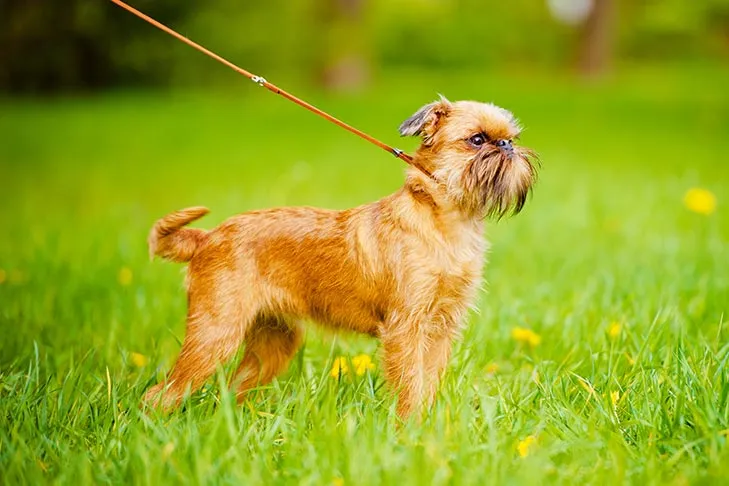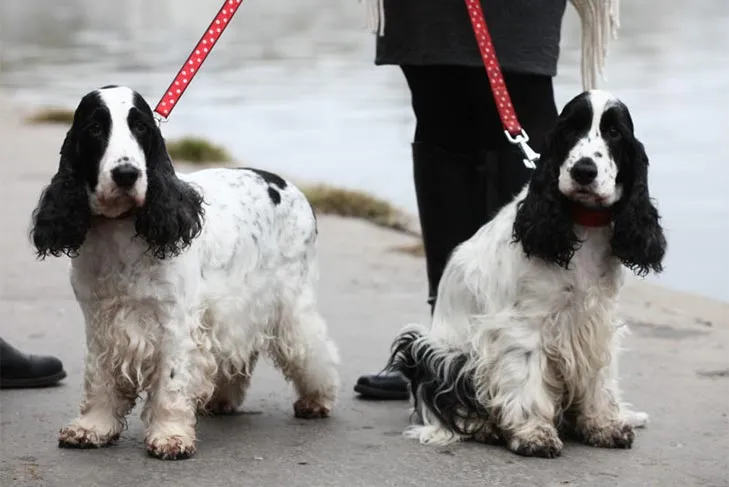Walking your dog should be enjoyable, not a frustrating battle with a chewing leash. This common behavior, often a phase for puppies, can emerge at any age, typically stemming from frustration or misunderstanding leash walking. It’s more than a bad habit; it’s a symptom. With consistent training and positive reinforcement, you can effectively stop your dog chewing leash on walk, transforming strolls into harmonious activities. Related skills like how to train a pug to walk on a leash can also improve overall leash manners.
Why Dogs Chew Leashes on Walks
To effectively stop your dog chewing leash on walk, understanding the root causes is crucial. Dogs don’t chew leashes out of spite; there’s usually a specific reason. One common factor is boredom or a lack of mental enrichment. These dogs often mouth or tug the leash to seek attention, initiate play, or simply alleviate under-stimulation.
Another significant reason is a lack of understanding regarding proper leash walking. Owners might have expectations too high for their dog’s current grasp of leash manners. Furthermore, dogs may chew or tug due to sheer frustration in overly stimulating environments. Being physically restrained can lead to agitation, prompting them to redirect energy towards the leash.
 Brussels Griffon standing in the grass on leash.©otsphoto – stock.adobe.com
Brussels Griffon standing in the grass on leash.©otsphoto – stock.adobe.com
Reward Desired Leash Behavior
The fundamental step to teach your dog to stop chewing the leash on walk is by actively rewarding desired behaviors. This positive reinforcement helps your dog understand expectations during walks. Always be prepared with high-value treats when on leash.
Praise and reward generously for any desirable action: staying close, making eye contact, or looking your way. Even stopping to sniff should be encouraged, as it’s naturally calming. Frequent rewards for positive on-leash behavior are essential for teaching loose-leash walking and preventing leash biting. Reinforced behavior is repeated, so reward positive actions before leash mouthing begins. To improve overall responsiveness, it’s vital to get your dog to listen in various situations.
Offer Productive Alternatives
Some dogs are naturally more “mouthy,” with an inherent desire to hold things. This can easily lead to habitual leash chewing. For such dogs, providing an appropriate alternative to carry during walks is highly effective. Offer a favorite ball or a designated walking toy. For canines that love tugging, a special tug toy can eliminate unwanted leash biting.
Integrate a tug toy proactively. Before your dog bites the leash, engage them in a brief tug-of-war. This serves as a rewarding break and a constructive outlet for their drive to tug and mouth. It channels energy positively, reinforcing that walking without chewing leads to fun. Learning how to teach a dog not to pull also complements this training.
 English Cocker Spaniels on a walk.
English Cocker Spaniels on a walk.
Mastering Leash Handling Techniques
Refining your leash handling skills significantly reduces conflict and helps stop dog chewing leash on walk. Keep the leash loose and positioned behind your dog, not directly in front. A tight leash often triggers frustration, prompting dogs to tug or pull. If the leash dangles, dogs might perceive it as a toy, leading them to bite.
Dogs don’t inherently know leashes aren’t toys. Set your dog up for success by avoiding actions that make the leash resemble a plaything. Consistently maintain a loose leash, and frequently reward polite walking, checking in, and appropriate environmental engagement. This creates positive associations, making your dog less likely to become frustrated or chew. For advanced obedience, how to train your dog to come off leash teaches essential recall skills.
Minimizing Conflict and Frustration
Instead of just correcting leash tugging, proactively minimize conflict and frustration by engaging your dog throughout the walk. If you’ve identified specific triggers (places, sounds, situations) where your dog is prone to biting the leash, avoid them or prepare accordingly.
Continuously engage your dog with treats for small cues, quick games, or verbal praise. With consistent positive interaction, your dog will learn that calm walking is more rewarding than chewing the leash. This proactive approach shifts their focus from stressors to positive interactions, fostering enjoyable, obedient walks. For general outdoor manners, understanding how to train my dog to go outside contributes to a well-behaved companion.
Conclusion
A dog chewing its leash during walks can be frustrating, but it’s manageable with understanding, patience, and consistent training. Recognize that leash biting stems from boredom, lack of understanding, or frustration. Adopt targeted strategies: reward desired behaviors, offer appropriate toy alternatives, master leash handling, and proactively minimize conflict. Embrace these techniques to transform your walks from a struggle into a joyful, harmonious experience, strengthening your bond.
References
- American Kennel Club (AKC) – Referenced for expert advice on dog training and behavior throughout the original content.
